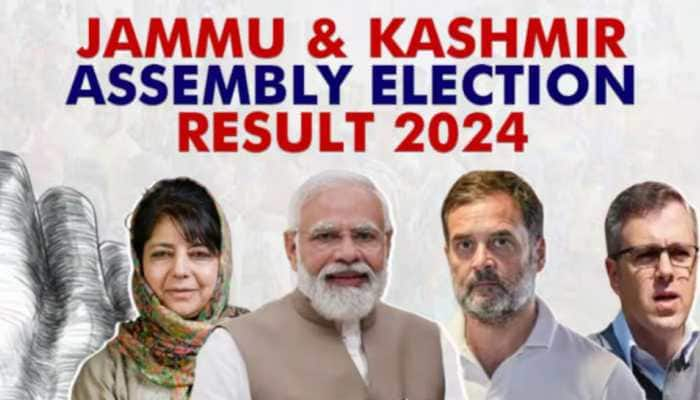Growing vehicles to further choke Delhi
Urban traffic is an issue of vexation in a metro city like Delhi.
Trending Photos
)
Rajan Sharma / Zee Research Group
Long Lanes of unending traffic on roads, myriads of vehicles queued one after another and even arterial roads choked with jams in crucial hours of the day. This is a mundane scene for any Delhi commuter, on all days of the week. Add seasonal rains to this and the story of a Delhi commuter’s traffic woes is complete.
Urban traffic is an issue of vexation in a metro city like Delhi but a solution to it seems congealed and all the initiatives taken by the government in this regard have gone in vain till now. So, has Delhi become resilient to trumpeting car horns and brakes minute after minute on busiest lanes?
Well the answer seems a yes! Ever since, urbanization, overall population growth and development have led to rapid growth of large cities. According to Census reports, urban population has jumped from 10 percent in 1901 to 28 percent in 2001. And ever increasing, the urban growth rate is running at 31.8 percent - almost three times higher than rural areas in 2011. The population of Delhi itself has increased from 4,05,819 in 1901 to a whopping 1,67,53,235 in 2011. The increase in population invariably translates into increased commuters.
Simultaneously, there has been a sharp increase in vehicle population in the national capital. In March 1999, Delhi had 32.10 lakhs motor vehicles for a projected population of about 13.4 million. Delhi counted 34.57 lakh vehicles in March 2001 which has now jumped to 64.25 lakh in March 2010. The capital has maximum number of vehicles as compared to any other metropolitan city. Moreover, the total road length has merely increased from 28,508 km in 2001 to 31,373 km in 2009. But increment in vehicles has always been double thereby creating the problem of congestion and parking in the city remains redundant.
According to economic budget planning report for transports, Delhi is predominantly dependent on road transport, with railways catering to only one percent of the total commuter movement. Buses cater to 62 percent of the total commuters whereas personal vehicles account for the balance 37 percent. Among personalised vehicles, motor cycles and scooter comprise about two-third of the total number of vehicles in Delhi, while cars and jeep account for one-fourth of the total vehicles. Delhi’s intra-city motorised person trips are expected to increase from 33.4 lakh per day in 2007 to 174 lakh in 2021. The inter-city trips will increase from 33.4 lakh per day in 2007 to 79.6 lakh per day in 2021. The government also has come with several suggestions.
While taking on congestion and lack of parking areas, the Delhi government has proposed hiking parking charges especially in the more congested areas. The idea is to encourage the use of public transport and disincentivise personal vehicles. Apart from hiking parking rates, the government should segregate usage during peak and off-peak hours. The vehicle registration policy too should be revamped, especially denying registration to vehicles without a proper parking place. It is high time Delhiwallahs realized that streets and roads are not meant for personal parking.
An integrated passenger information system covering all modes through the publication of common route guides and a seamless ticketing system for all modes of urban transportation is a must. Delhi is also set to plan city wide parking indicating where parking will be available or not, an attractive idea that can curb parking tussles in the capital. To control modal split, additional measures such as restriction on car ownership, increase in fuel prices, congestion prices etc might be an easy way out for the Delhi government. But what about common people who are frustrated with petrol price hike? To serve increasing traffic demands in Delhi and NCR towns such as Panipat, Sonepat, Meerut, Alwar etc, dedicated rail commuter service needs to be provided and if the plan comes in actual, will help to reduce burden on Delhi’s roads.
All such plans are waiting to be implemented to curb the rampant problem of traffic on Delhi roads, but till when they will be is a question only the Delhi government could answer. People are resilient to traffic but solutions are something they are waiting for.
Stay informed on all the latest news, real-time breaking news updates, and follow all the important headlines in india news and world News on Zee News.
Advertisement
Live Tv
Advertisement







)
)
)
)
)
)
)
)
)
)
